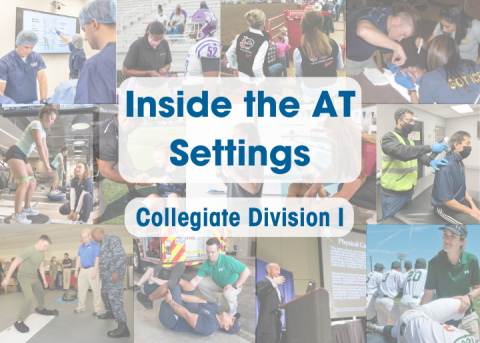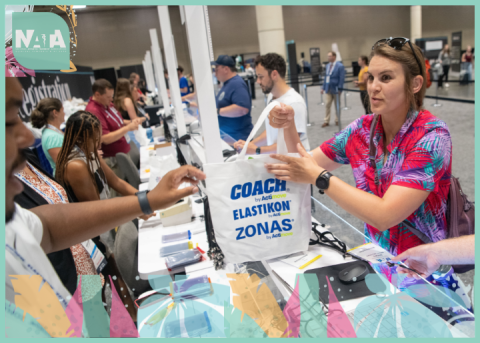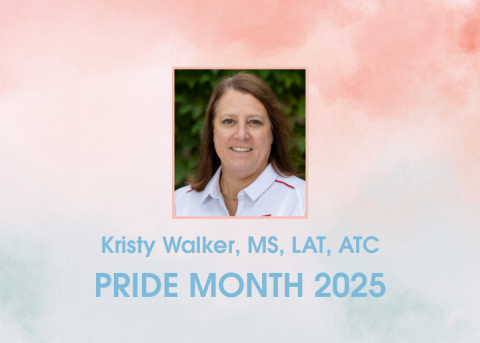
Introduced in the April NATA News, this NATA Now article series provides insight into the different athletic training settings as well as information athletic training students and interested ATs need to know. The series also provides tips from members on how to succeed in each setting.
Brad Floy, PhD, LAT, ATC, athletic trainer at the University of Iowa, has been in the collegiate setting for 21 years. Floy said he has worked in college athletics throughout his athletic training career.
“I chose this route because I enjoy working with elite athletes who push me to improve myself and provide them with the best available care,” he said.
Floy provides insight into Division I athletics and what ATs need to know to succeed in this setting.
Typical Makeup of Your Population
Division I college athletes
Non-AT-Related Skills/Education/Certification Required or Helpful for Your Setting
I think everything is related to what we do. Personally, CPR/AED training has had the utmost value in my career. Emergency action planning, including mental health EAP preparation, is the first box I check when onboarding new staff and students. I’m also an anatomy nerd because if you don’t know your anatomy, then you’re not getting the most out of your application of skills.
Common Injuries Observed or Encountered in Your Setting
Ankle sprains and mental health issues are probably where most of my time is spent. However, we see a pretty good variety of injuries in college basketball.
Traits of a Successful AT in Your Setting
Communication skills and willingness to adapt to change. The landscape of college athletics is changing drastically, and understanding how these changes affect the care we provide is a valuable skill set.
Misconceptions About Your Setting and/or Patient Population
I think we have more control over our schedules than we might realize. We can’t usually influence practice times or game schedules. But if you communicate with your coaches, administrative staff and student athletes to set reasonable expectations, you can provide high-quality health, while maintaining work-life balance.





